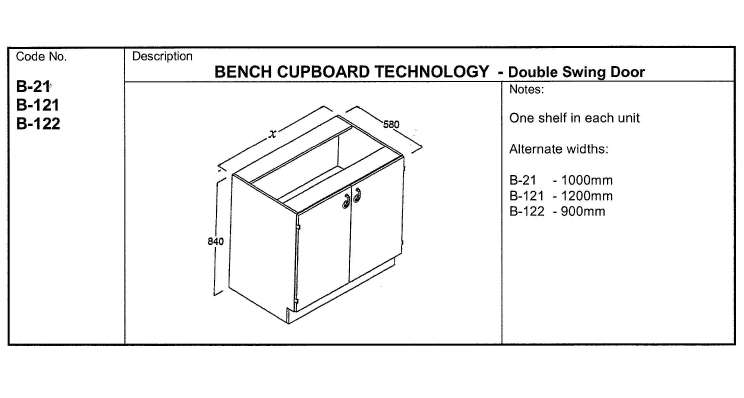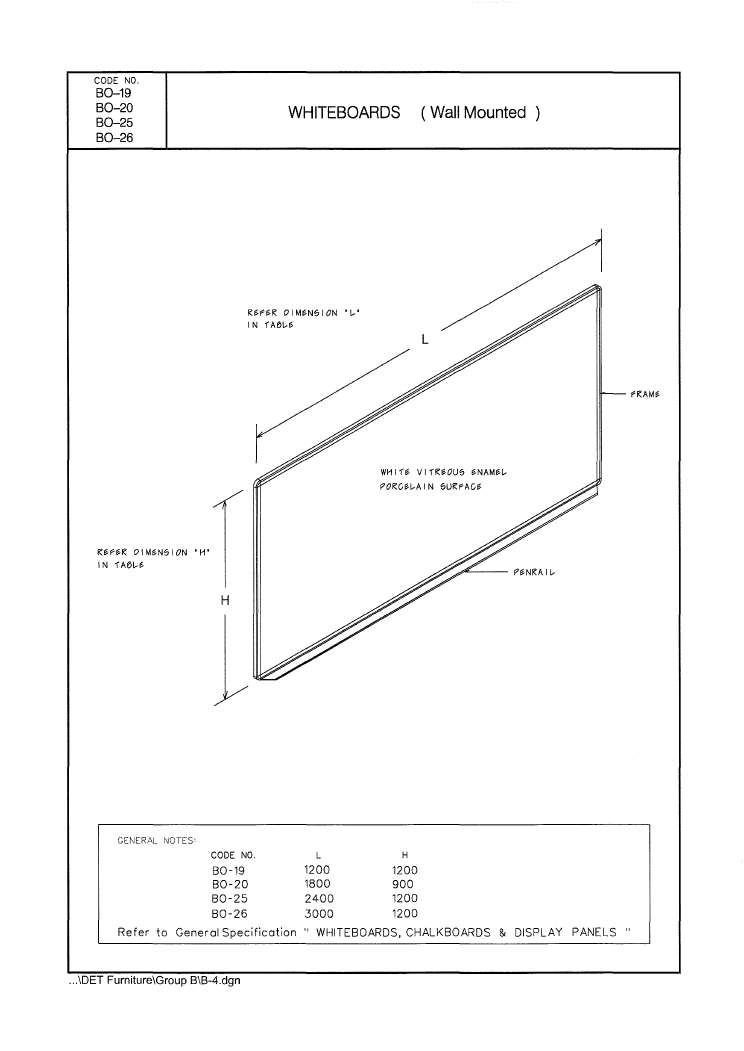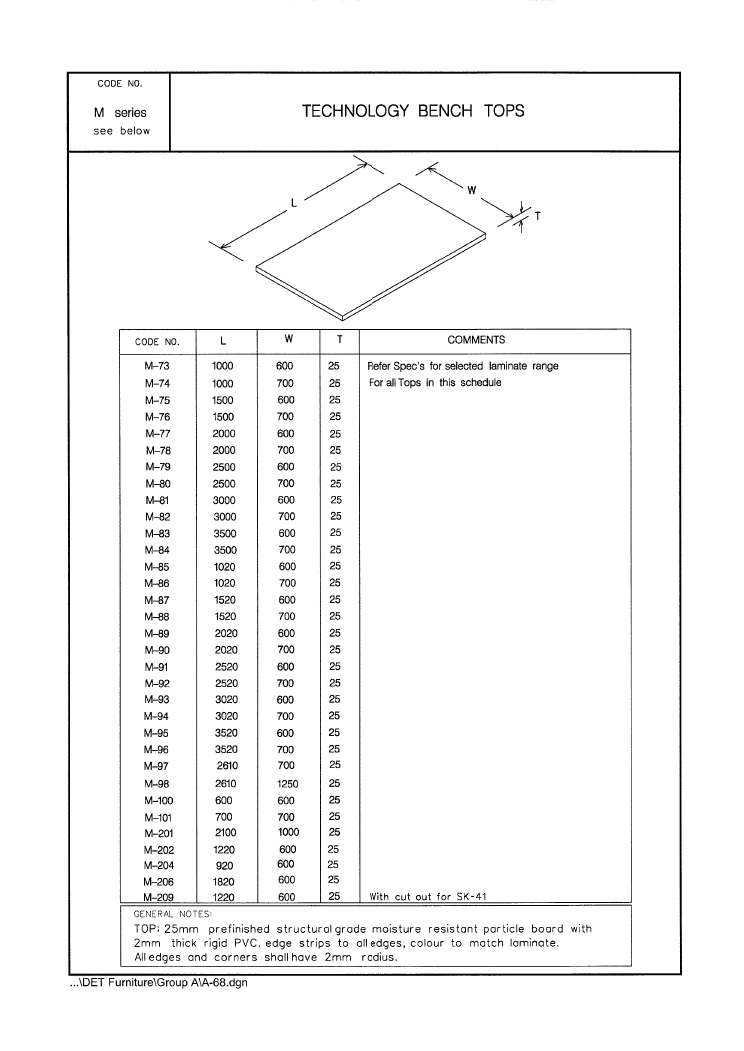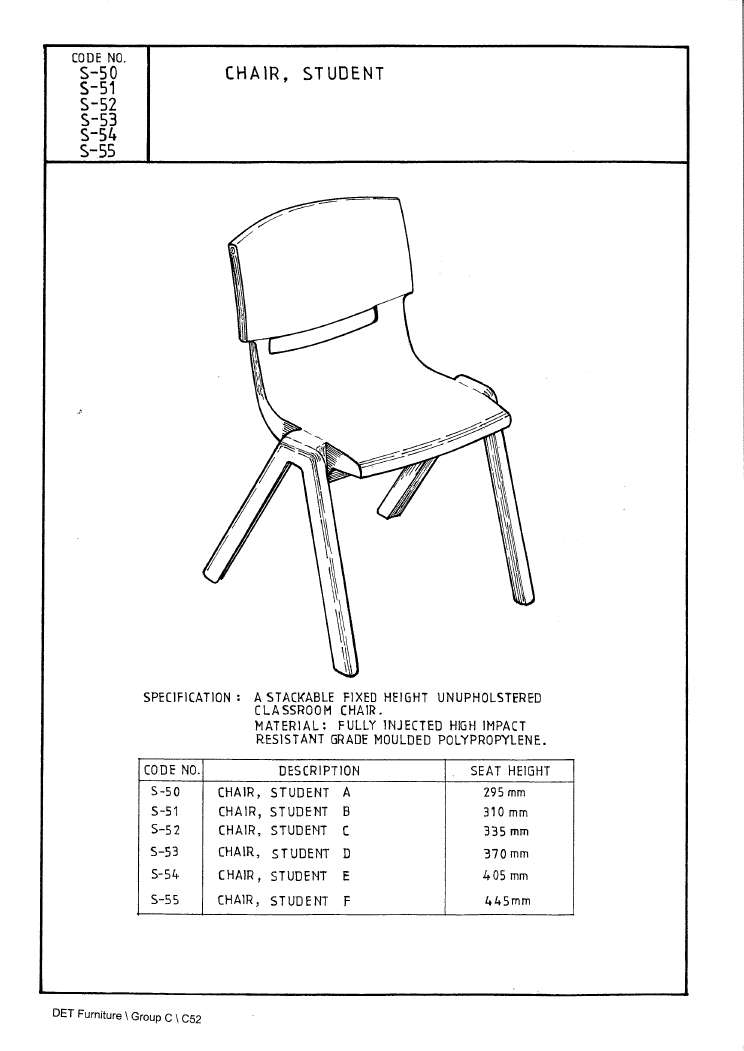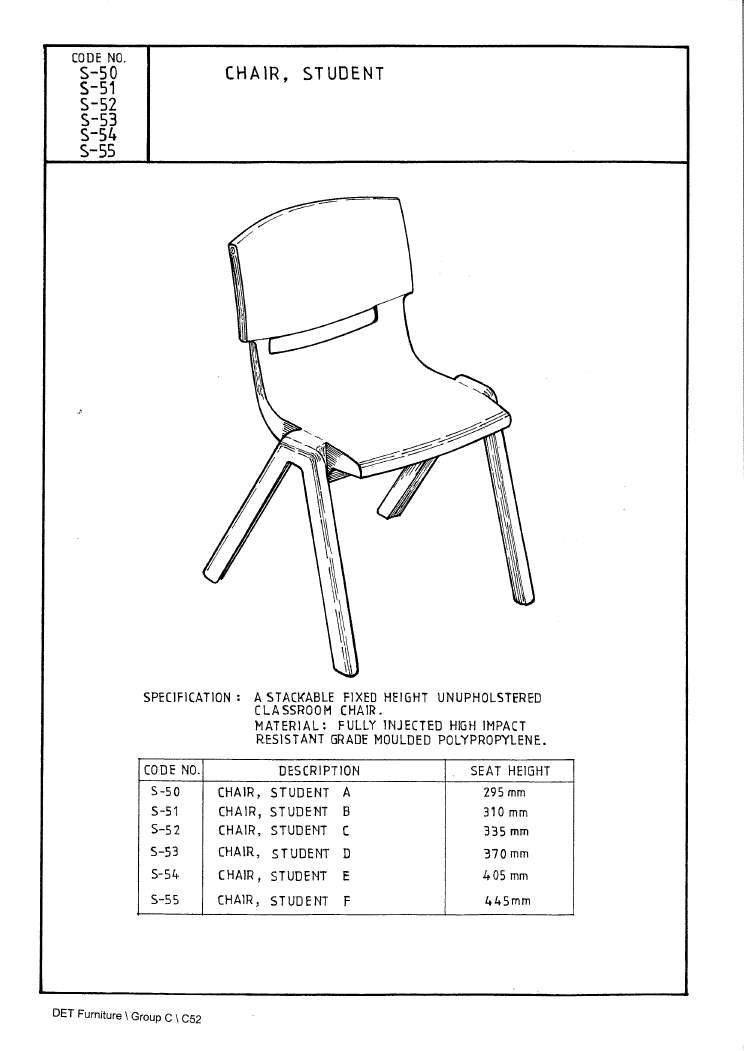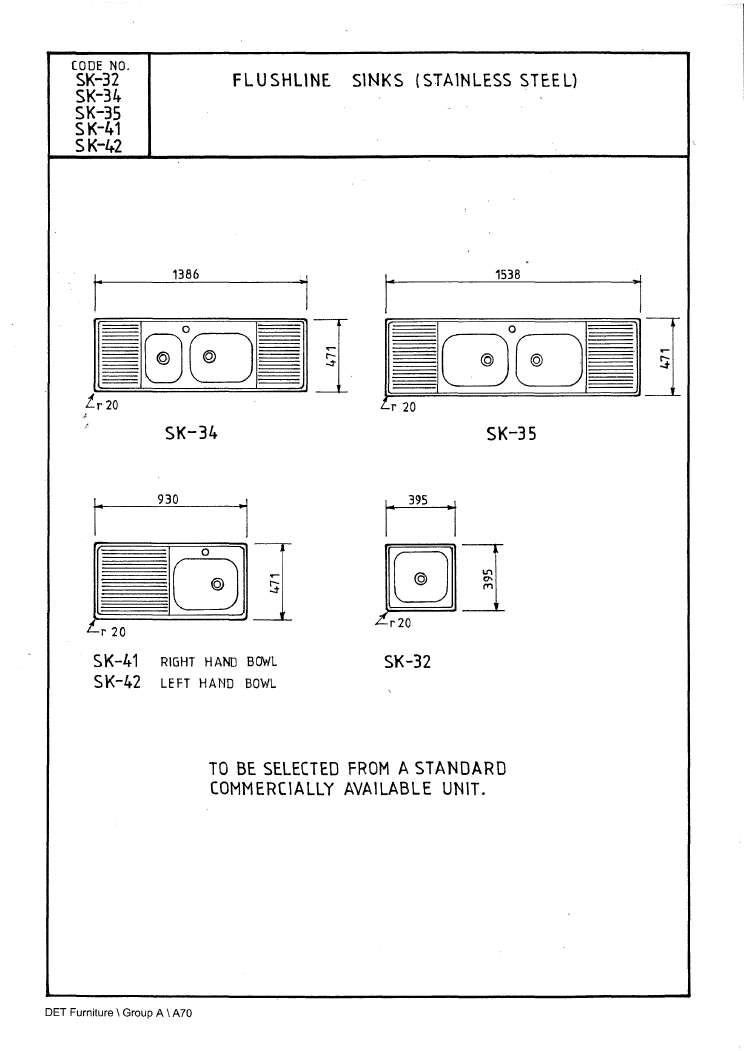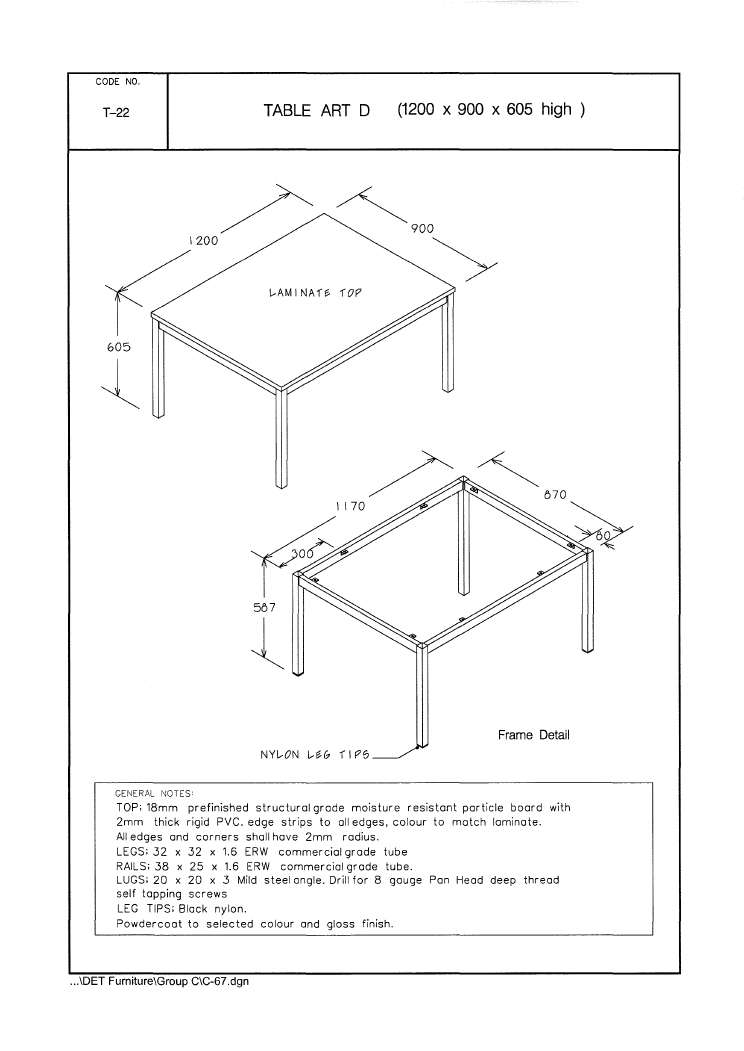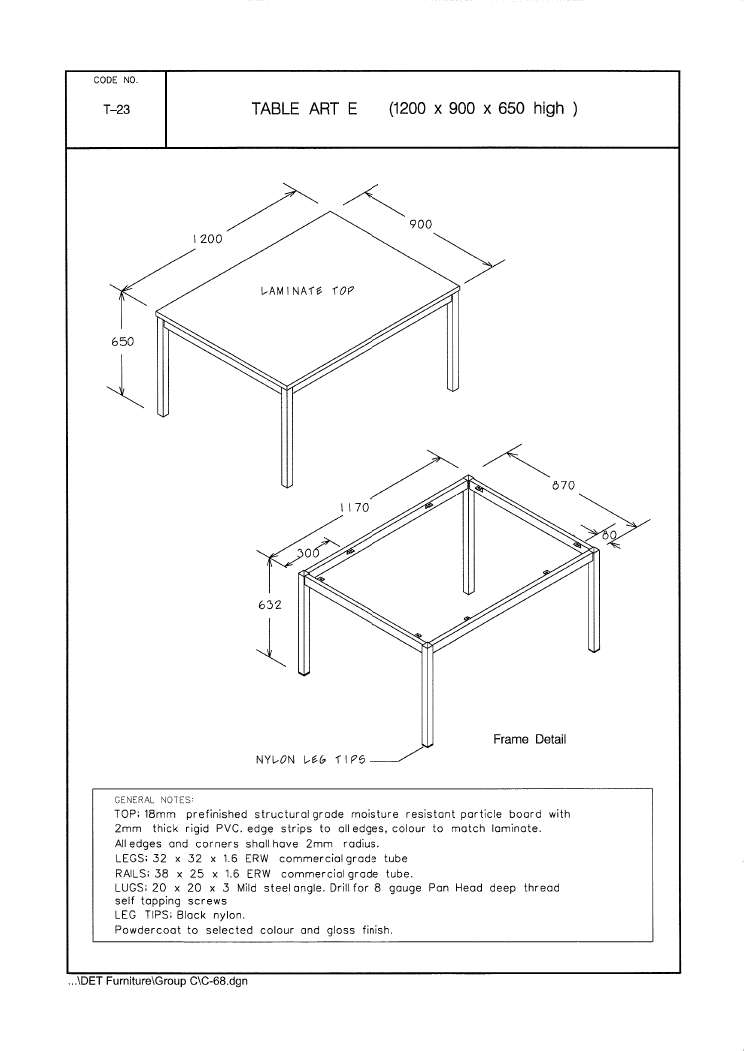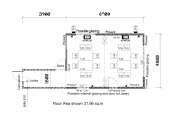The Special Programs Room provides a learning and social environment for up to 16 students and is configured to support seating plans for individuals to medium sized groups participating in a range of learning and social support activities. The room can be readily reconfigured for activities that include discussion, reading or storytelling; and explicit teaching and demonstrations. Students can work individually or in small groups on research and reflective activities. The room allows for collaborative group work with Library classes and the sharing of information technologies and resources. Explore, investigate, create, fabricate and construct activities are supported by the provision of a sink. The room can be used for individual and small group student, staff and communal learning and formal meetings.
FURTHER OPPORTUNITIES
The Special Programs Room lends itself to dedicated use as a special purpose setting such as a quiet zone, a small information technology laboratory, or a literacy and numeracy space. Different choices of furnishings including lounges, work benches, and varying sized furnishings will support flexible seating plans. Possible proximity to the Library enables planning for different learning processes and settings that are suited to low noise and low impact activity. The provision of a safety floor around the sink would increase the types of learning activities that require wet material. The provision of an operable wall as shown on the alternative plans facilitates different groups using the space.
LEARNING IMPLICATIONS
If more than one small group is working in this room, consideration will need to be given to acoustics and spatial layout. Noise interference from the adjacent Library can be a factor if learning processes with different acoustic requirements are operated at the same time. Investigate and construct activities will be limited to those activities that are not dependant on durable floor surfaces.
Plans are provided for an alternative layout PS502.02. The Design Intent is applicable to the alternative plans. Further Opportunities, Learning implications and Ratings are specific to PS502.01 Special Programs Room.
Explore ideas, share and develop opinions, debate and decide.
This learning process is effective with small to large groups provided specific criteria can be met.
Display, exchange and encounter learning artefacts.
This learning process is effective with small to very large groups provided specific criteria can be met.
Teachers and/or students demonstrate, communicate ideas and/or teach explicitly.
This learning process is effective with small to very large groups provided specific criteria can be met.
Hands on interaction, experimentation and evaluation with materials to discover, design and test.
This learning process is effective with small to very large groups provided specific criteria can be met.
Implement, build or assemble systems and media.
This learning process is effective with small to very large groups provided specific criteria can be met.
Use written, graphical and digital resources to personally reflect, consolidate and/or enquire.
This learning process is for individual or small groups and is effective provided specific criteria can be met.
Practise, refine and execute performance based activity.
This learning process is effective with small to very large groups provided specific criteria can be met.
Ratings against the Design Criteria
All criteria regarding spatial layout, fit-out, visibility and acoustics can be met.
Most criteria regarding spatial layout, fit-out, visibility and acoustics can be met. Some consideration will need to be given to determine whether constraints on ease of use, group size or materials will compromise the learning outcomes.
Few of the criteria regarding spatial layout, fit-out, visibility and acoustics can be met. A lot of consideration will need to be given to determine how the constraints on ease of use, group size or materials can be overcome.
Very few of the criteria regarding spatial layout, fit-out, visibility and acoustics can be met. This space should only be used for this learning mode as a last resort.
This space is incapable of supporting this learning mode.
This learning process is not employed with this size group.



